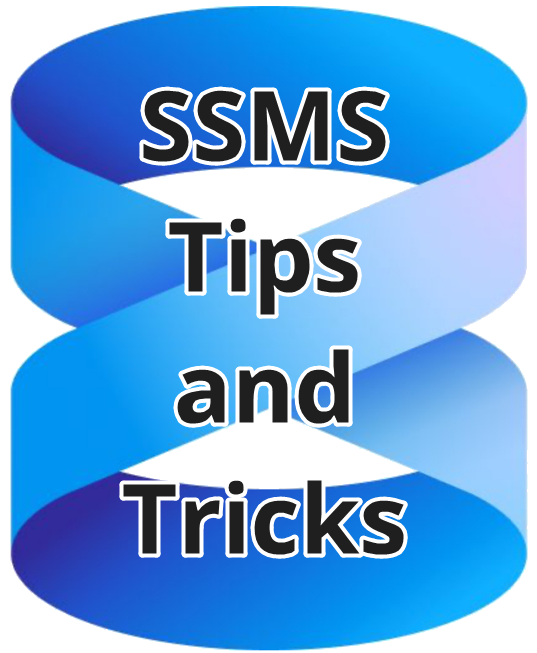
SSMS Tips and Tricks 6-2: Viewing missing index details
I’ve mentioned before that SSMS is a good tool for analyzing queries, as much as for executing them.
Way back in SQL Server 2005, query plans had missing index details added. When a query plan was created, SQL Server recorded that it thought it could have executed the query better, if only you’d provided it with appropriate indexes. But at that point, the suggestions weren’t very good, and the tools didn’t show them.
2025-09-06





